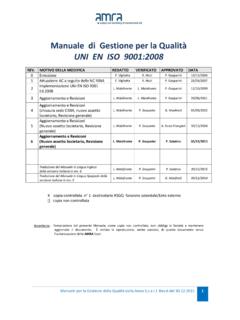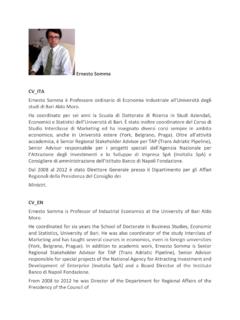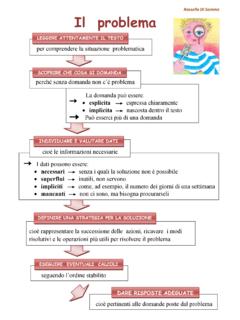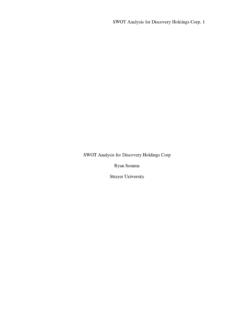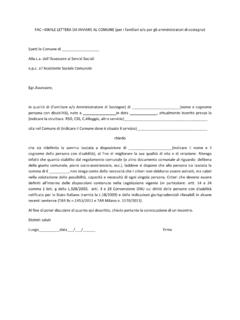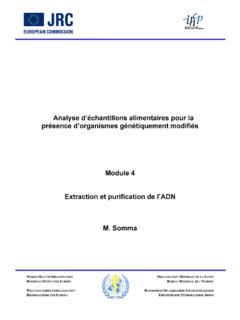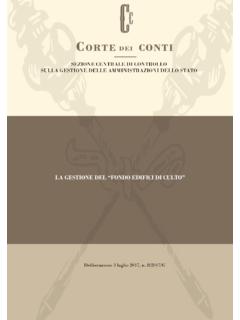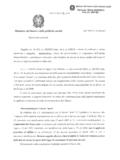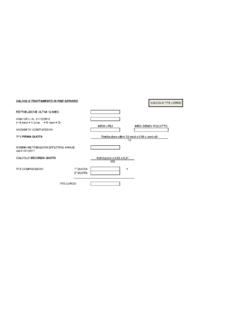Transcription of Somma Vesuvius: the Volcano and the Observatory - AMRA
1 Somma vesuvius : the Volcano and the Observatory Field trip guidebook REAKT. Mauro Antonio Di Vito, Monica Piochi, Angela Mormone, Anna Tramelli Istituto Nazionale di Geofisica e Vulcanologia, sezione Osservatorio Vesuviano Field Leaders Mauro Antonio Di Vito, Monica Piochi Naples, September 22th, 2011. Somma vesuvius : the Volcano and the Observatory Field trip guidebook REAKT. Mauro Antonio Di Vito, Monica Piochi, Angela Mormone, Anna Tramelli Istituto Nazionale di Geofisica e Vulcanologia, sezione Osservatorio Vesuviano Field Leaders Mauro Antonio Di Vito, Monica Piochi Naples, September 22th, 2011.
2 Somma vesuvius : the Volcano and the Observatory Field trip guidebook REAKT. Mauro Antonio Di Vito, Monica Piochi, Angela Mormone, Anna Tramelli Istituto Nazionale di Geofisica e Vulcanologia, sezione Osservatorio Vesuviano Field Leaders Mauro Antonio Di Vito, Monica Piochi Naples, September 22th, 2011. 1. Pubblicazione di AMRA a Via Nuova Agnano 11, Napoli Realizzazione doppiavoce Finito di stampare a Napoli nel mese di settembre 2011 presso Officine Grafiche Francesco Giannini & Figli 2. Preface The present guidebook was prepared for the fieldtrip during the Kick off meeting of the project titled Strategies and tools for Real Time Earthqua- ke RisK ReducTion (REAKT).
3 It reports information on the geology of the Somma - vesuvius volcanic area and illustrates the sites visited during the field excursion. The guide mostly benefited of contributions coming from some previous guidebooks (Cioni et al., 1995; Orsi et al., 1998); it also in- cludes some interesting results available in the main and most recent litera- ture. The fieldtrip will be devoted to illustrating i) the major morphological and structural features of the Somma - vesuvius Volcano , and ii) the deposits of the eruptions and their impact on the territory. The trip will end with the tour of the Osservatorio Vesuviano edifice that preserves the memory of the oldest volcanological Observatory in the world and hosts a museum and two scientific exibitions.
4 Introduction Somma - vesuvius (Fig. 1) is an active Volcano , one of the most dangerous on the Earth. More than half a million people live in a nearly continuous belt of towns and villages built around the Volcano , in the area immediately threatened by possible future eruptions. The knowledge of the present state of the Volcano , which is fundamental for recognizing unrest phenomena and for evaluating possible future pre-eruptive scenarios, mostly derives from petrological and geophysical studies. The most recent ones ( , Auger et al., 2001; De Natale et al.)
5 , 2001; Lima et al., 2003; Marianelli et al., 1999). indicate the existence of magma storage located at ~10 km depth bsl. The oc- currence of magma storage at shallower crustal levels, although not pointed out by geophysical investigations, has been suggested on the basis of both sedimentological ( , Barberi and Leoni, 1980) and fluid inclusion data (Belkin and De Vivo, 1993; Cioni, 2000). At present, Mount vesuvius is quiescent after 300 years of almost continuous volcanism, which ended with the 1944 eruption. Its present activity consists of earthquakes, with hypocenters located beneath the central crater down to 6 km depth bsl (Vilardo et al.
6 , 1999), and of fumarolic emissions maily concentrated in the crater area (Chiodini et al., 2001). Thermal modelling (Quareni et a., 2007) suggested that volatile degassing (mainly CO2) is the first rank process responsible for the cooling of magma within the conduit, left essentially full after the end of deep-derived magma supply, which could have generated the transition from the pre-1944 open conduit to the present closed conduit regime. 3. Figure 1. Aerial view of Somma - vesuvius Volcano . Red dots are the location of stops. Regional geologic setting The Mount Somma - vesuvius is a strato- Volcano located in the Campanian Plain, together with the volcanic fields of Campi Flegrei, Ischia and Proci- da.
7 These volcanoes are part of the Campanian Comagmatic Province that belongs to the potassium-rich Italian belt. In particular, the Campanian Plain is a structural depression delimited by the Southern Apennines to the east, south and north, and by the Tyrrhenian Sea, to the west (Figs. 2 and 3). The Apennines chain results from compressive deformation of the African conti- nental margin. It is composed of a pile of tectonic thrusts made up of Triassic to Pliocene sedimentary rocks (Fig. 3) belonging to a variety of Mesozoic and Palaeogenic palaeogeographic domains (D'Argenio et al.)
8 , 1973) and overlying a crystalline-metamorphic basement. After a compressive tectonic phase from Cretaceous to Pliocene, the western side of the Chain was affec- 4. Figure 2. Satellite imagery of the Campanian Plain and the Neapolitan Volcanoes. ted by extensional tectonics ( , Doglioni, 1991) that displaced, at variable depths below the Campanian Plain, all the upper sedimentary succession. Actually, 2-3,000 m thick sequences of Plio-Quaternary continental, deltaic, and marine sediments, intercalated with volcanic deposits has been found by drilling at ~ km (Trecase well 1 site) beneath the Mount Somma - vesuvius edifice and identified by seismic profiles at depths >3-4 km bsl in the Gulf of Naples (Piochi et al.
9 , 2004 and references therein). The regional stress regime, which has determined the formation of the Cam- panian Plain, generated NW-SE and NE-SW trending normal faults and also favoured rise of the magmas. With the exception of oldest volcanic rocks with calc-alkaline composition, erupted magmas are younger than 400 ka and alkaline (Fig. 4); high potassium compositions were erupted only at the vesuvius (Piochi et al., 2004 and references therein). The Procida Island en- ded its volcanism at 18 ka (De Astis et al., 2004). Historical eruptions (Fig. 4) have occurred at Ischia (from VII century BC to 1302 AD) (de Vita et al.
10 , 2010), Campi Flegrei (1538 AD) (Di Vito et al., 1999), and vesuvius (from 79 AD to 1944) (Santacroce et al., 2008). 5. Figure 3. Geological sketch map of the Neapolitan area of the Campanian Plain. 1) Quater- nary and active terrigenous sediments; 2) Somma - vesuvius volcanics; 3) Phlegraean District volcanics; 4) Pliocene and Miocene terrigenous sediments; 5) Mesozoic carbonate units; 6). faults; 7) overthrusts; 8) caldera margins. Somma - vesuvius Volcanology The Somma - vesuvius is a moderate size (1281 m asl) composite central vol- cano (Fig. 1). It consists of an older Volcano , Monte Somma , dissected by a summit caldera, and Mount vesuvius , a recent cone developed within the ol- dest Somma caldera (Fig.
